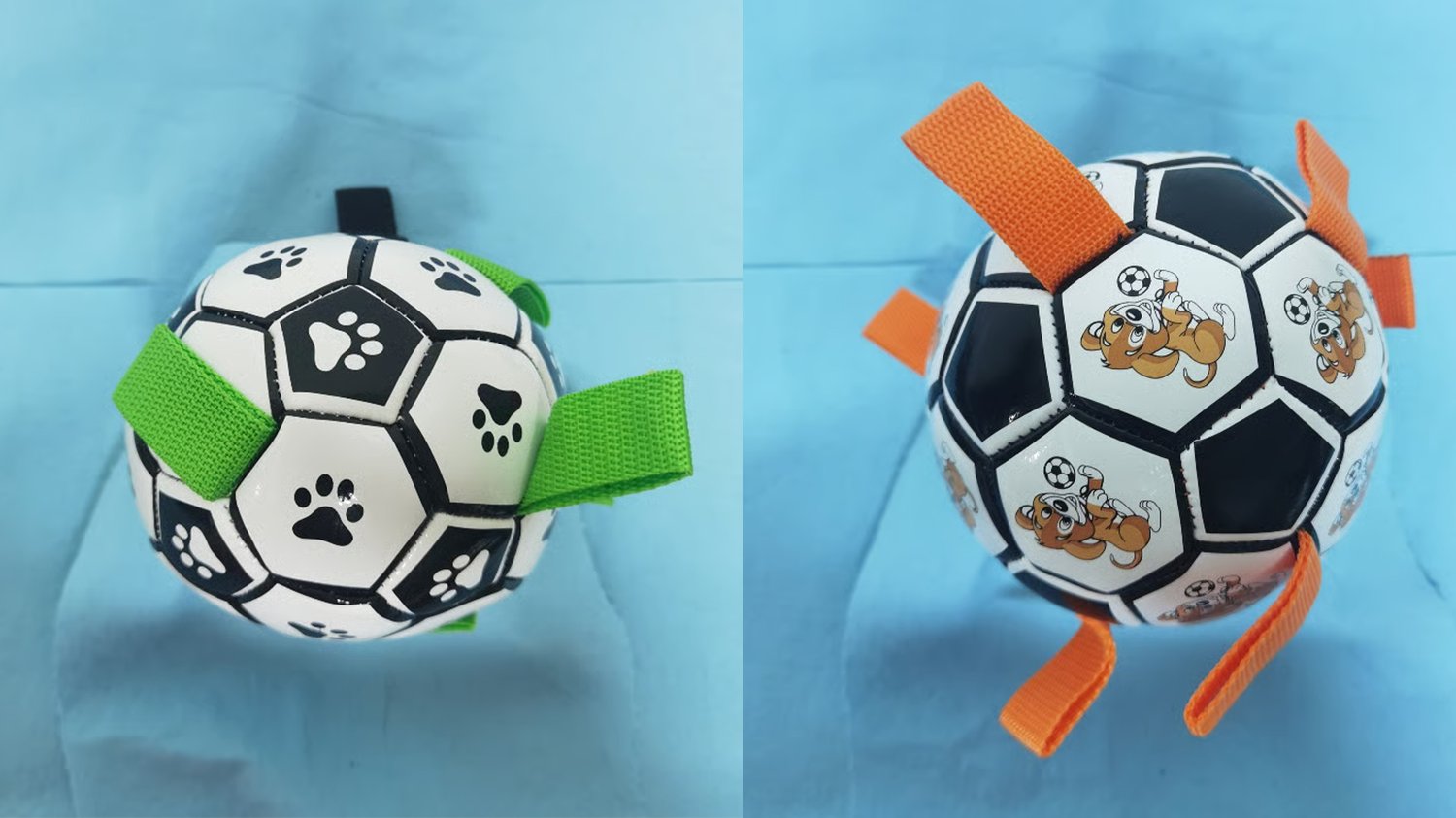Squeaky tennis balls are a unique variation of the traditional tennis ball, designed to emit a distinctive squeaking sound when squeezed or bounced. Unlike regular tennis balls, these balls combine playfulness with auditory engagement, making them popular for pet toys and stress relief applications. Understanding the properties and uses of squeaky tennis balls offers insight into why they have become a sought-after item in various markets.
How Squeaky Tennis Balls Are Made
The manufacturing of squeaky tennis balls involves integrating a small, airtight squeaker inside the hollow core of the ball. Typically made from rubber or synthetic materials, the outer layer resembles standard tennis felt but conceals the squeaker mechanism. This design ensures that when pressure is applied—such as biting or squeezing—the air inside the squeaker is forced out, producing the signature squeaky sound.
Benefits for Pets and Pet Owners
Squeaky tennis balls serve as an effective toy for dogs, encouraging play and exercise. The sound mimics the feedback signals that dogs find engaging, increasing their interest compared to regular tennis balls. Additionally, these balls help improve a pet’s agility and stimulate mental activity, while providing pet owners with a fun and interactive way to bond with their dogs.
Stress Relief and Therapeutic Uses
Beyond pet toys, squeaky tennis balls are also utilized in stress relief contexts. The act of squeezing a squeaky ball helps release tension in the hands and provides a repetitive auditory stimulus that can be calming. In therapy settings, these balls are sometimes employed for hand strengthening exercises and sensory therapy, aiding individuals with conditions like arthritis or anxiety.
Durability Compared to Standard Tennis Balls
Squeaky tennis balls typically differ in durability from their standard counterparts. Because of the internal squeaker unit, they may not withstand intensive tennis play or outdoor wear-and-tear as well as professional tennis balls. However, they are usually constructed with robust materials sufficient for pet play and casual use.
Material and Safety Considerations
The materials used for squeaky tennis balls are crucial, especially when designed for pets. Non-toxic, BPA-free rubber or plastic is common to ensure safety during chewing. Quality manufacturing standards prevent parts like the squeaker from becoming choking hazards. Choosing balls with appropriate size and toughness minimizes risks for pets.
Applications in Dog Training
Dog trainers often incorporate squeaky tennis balls as motivational tools during sessions. The immediate auditory feedback helps command attention and rewards desired behaviors. Trainers find that dogs respond more enthusiastically to squeaky balls, which promote engagement during fetch or obedience drills.
Varieties and Customizations Available
The market offers an array of squeaky tennis balls available in various sizes, colors, and sound intensities. Some include enhanced squeakers for louder sounds, while others feature softer materials for gentle play with puppies or small breeds. Customizable options include branding or personalized colors for promotional or gifting purposes.
Environmental Impact and Sustainability Issues
Environmental awareness has led some manufacturers to produce squeaky tennis balls with eco-friendly materials or recyclable components. Traditional plastic squeakers pose challenges for waste disposal, but innovations in biodegradable rubber and recycled fabrics are emerging. Consumers are encouraged to select balls responsibly to reduce environmental footprint.
Buying Tips and Maintenance Advice
When purchasing a squeaky tennis ball, prioritize durability, size appropriate to your needs, and non-toxic materials. Regular inspection for wear, especially on the squeaker mechanism, is important to avoid ingestion hazards. Cleaning with mild soap and water extends the ball’s usability and maintains hygiene for both pets and humans.
Quote Inquiry
contact us

